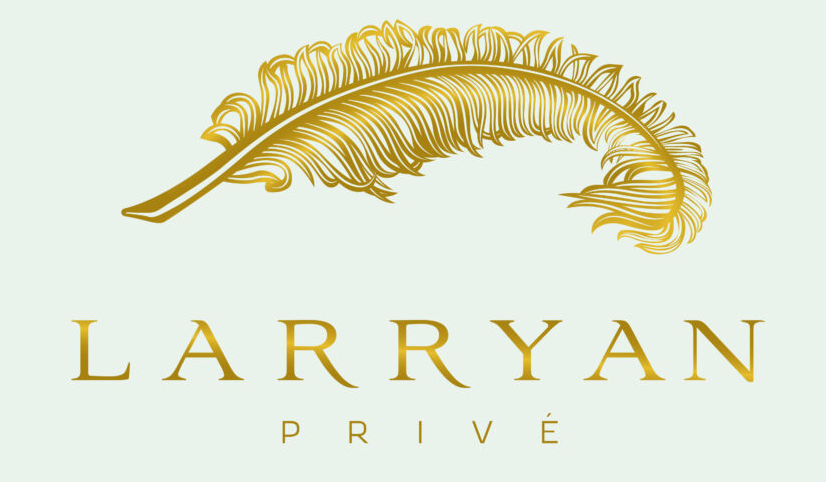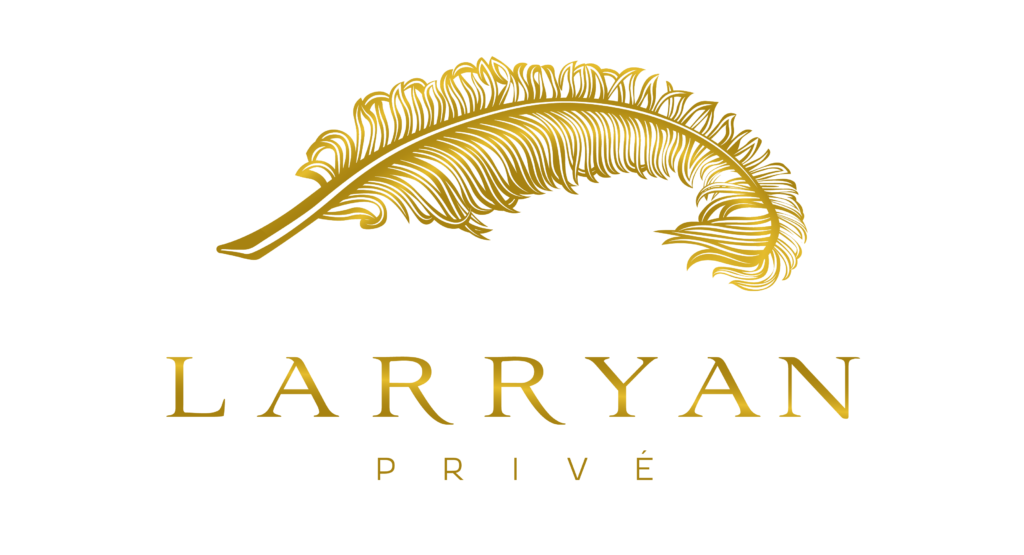We're Here to Help
Want to meet with one of our expert jewellers? Or simply have a question for us?
Fill in the form below and our friendly team will respond as soon as possible.
Fill in the form below and our friendly team will respond as soon as possible.
We're Here to Help
Want to meet with one of our expert jewellers? Or simply have a question for us?
Fill in the form below and our friendly team will respond as soon as possible.
Fill in the form below and our friendly team will respond as soon as possible.











